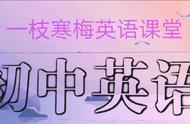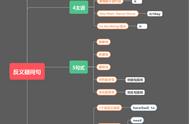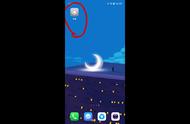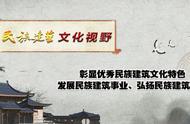在前文中,我们一起学习了反义疑问句的1个基本规则以及20种特例中的2否定和3种I,今天我们来看剩余特例(思维导图如下)。

反义疑问句=陈述句 由陈述句而来并简化的一般疑问句。附加问句由前面陈述句而来,所以其主语、时态、动词要与陈述部分保持一致,但为避免用词重复,主语必须用相应人称代词。
4种主语:1.陈述句主语是表人的不定代词everyone/everybody, someone/somebody, no one/nobody, none。问句主语通常用they,也可用he。
Nobody was there, was he/were they?
注意:one作主语,后句用one或you。One can't be too careful, can one/you?
2.陈述句主语是表物的不定代词everything, anything, something, nothing。问句主语用it。
Nothing has been taken away, has it?
3.陈述句主语是指示代词this/that, 问句主语用it。(these/those→they)
This is a desk, isn't it?
4.陈述句主语是不定式,动名词,或名词性从句时,问句主语用it。
To learn/Learning English well is important, isn't it?
What he said is true, isn't it?
5种句式:1.倒装句。There are many books to read, aren't there?
2.祈使句。
1) 肯定祈使句。
Be sure to write to us, will/won't/would/can/could you?
2) 否定祈使句。
Don’t move the chair, will you?
3) Let祈使句。
Let’s take a walk after supper, shall we?(晚饭后散个步,我们一起去好吗?表建议)
Let us have a look at your book, will you? (让我们看一下你的书,你愿意吗?表请求)
3.感叹句。问句用否定和一般现在时,主语取决于感叹的对象并用相应代词,
What a sunny day (it is), isn't it?
How quickly the boy runs, doesn't he?
4.并列复合句=简单句1 并列连词 简单句2。对并列连词(如and,but, or, for, so)后的句子进行反问。
We must learn English well or we can't adjust to the new era, can we?
5.主从复合句=主句 从属连词 从句。通常对主句反问(主句是I think…对从句反问)
I told him it was not that easy, didn't I? 我告诉过他没那么简单,我没说过吗?
6种情态助动词:1个当做实义动词:陈述句中有have to,问句用do(does/did)代替have。
She had to give up the plan, didn't she?
2个实义&情助:need和dare作实义动词时,问句用do相应形式。作情态助动词时,问句中把need/dare提前。
He needn't say sorry to me, need he?
=He doesn't need to say sorry to me, doesn't he?
3个当做情态助动词:即问句中直接把助动词提前。
We'd better not tell him, had/should we?
Such things ought not to be allowed, ought/should they?
He used to drink a lot every day, didn't/usedn't he?
must的4种用法:
1)must有“肯定”的意思,表把握比较大的推测。既可表对现在情况推测( do):
He must work harder than before,doesn't he?
注意:must be和have时的用法。
He must be good at math, isn't he?
He must have another account, doesn't/hasn't he?
2)must表肯定也可用于对过去情况的推测( have done):
They must have all gone home, haven't they? (无表过去的时间状语,强调动作的完成)
You must have met him last week, didn't? (有表过去的时间状语,强调对过去的推测)
3)must还有“必须”的意思。反义疑问句用mustn't.
You must work hard next term, mustn't you?
must表必须时的否定形式mustn't 意为“禁止” ,反义疑问句用must。
You mustn't stop your car here, must you?
4)must还有“有必要”的意思,问句用needn't.
They must finish the work today, needn't they?
注意:以上共出现了7个情态助动词,但是have to是当做实义动词来用,所以在体系中归结为6个。
反义疑问句的这21种用法,我是按照难度由低到高同时重要性由高到低的顺序排列的,对于绝大多数英语学习者来说,记住1条基本规则足矣。
您的每一次转发,每一个点赞,每一句暖心的评论都是我跟各位分享知识最大的动力!














